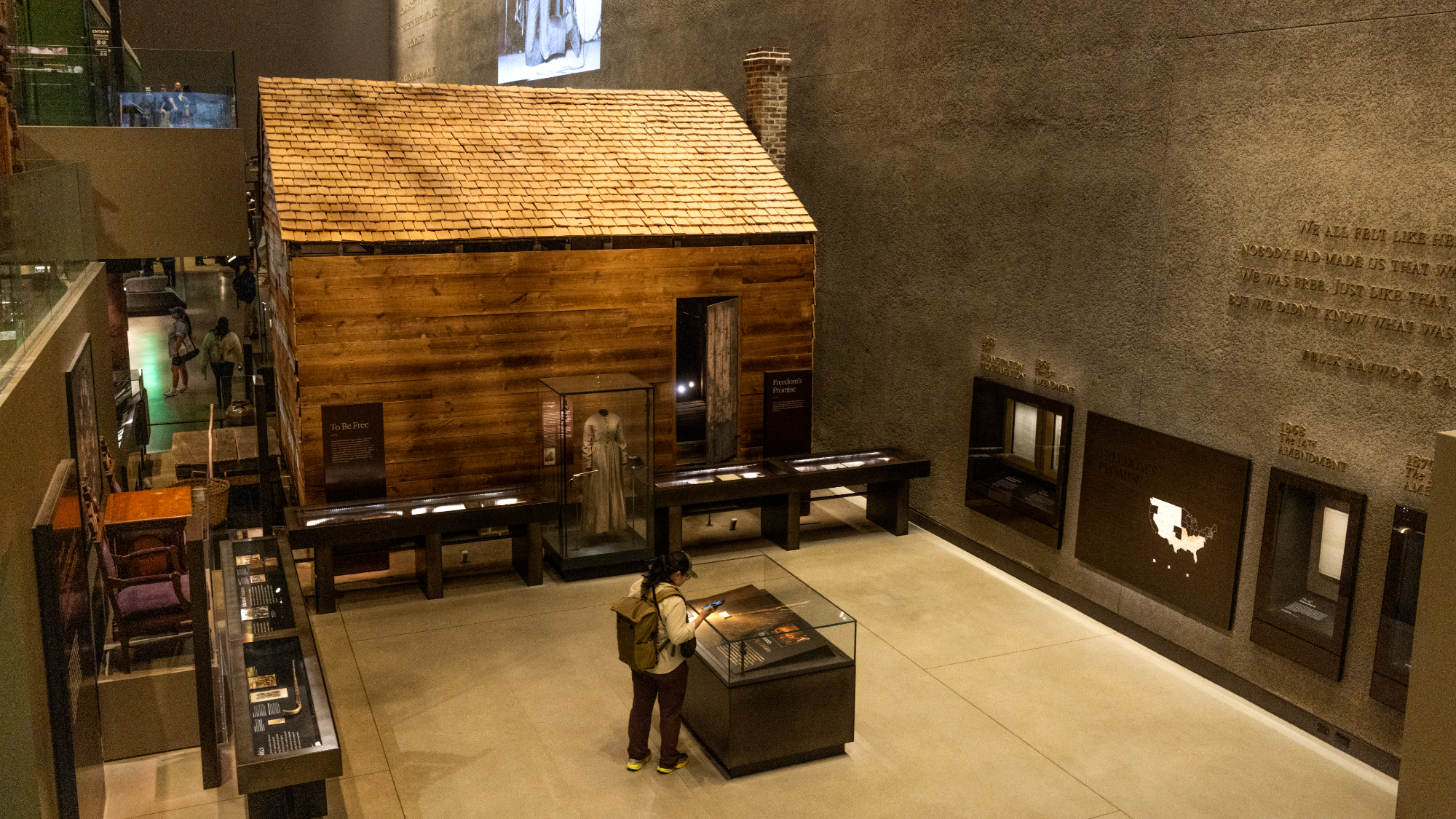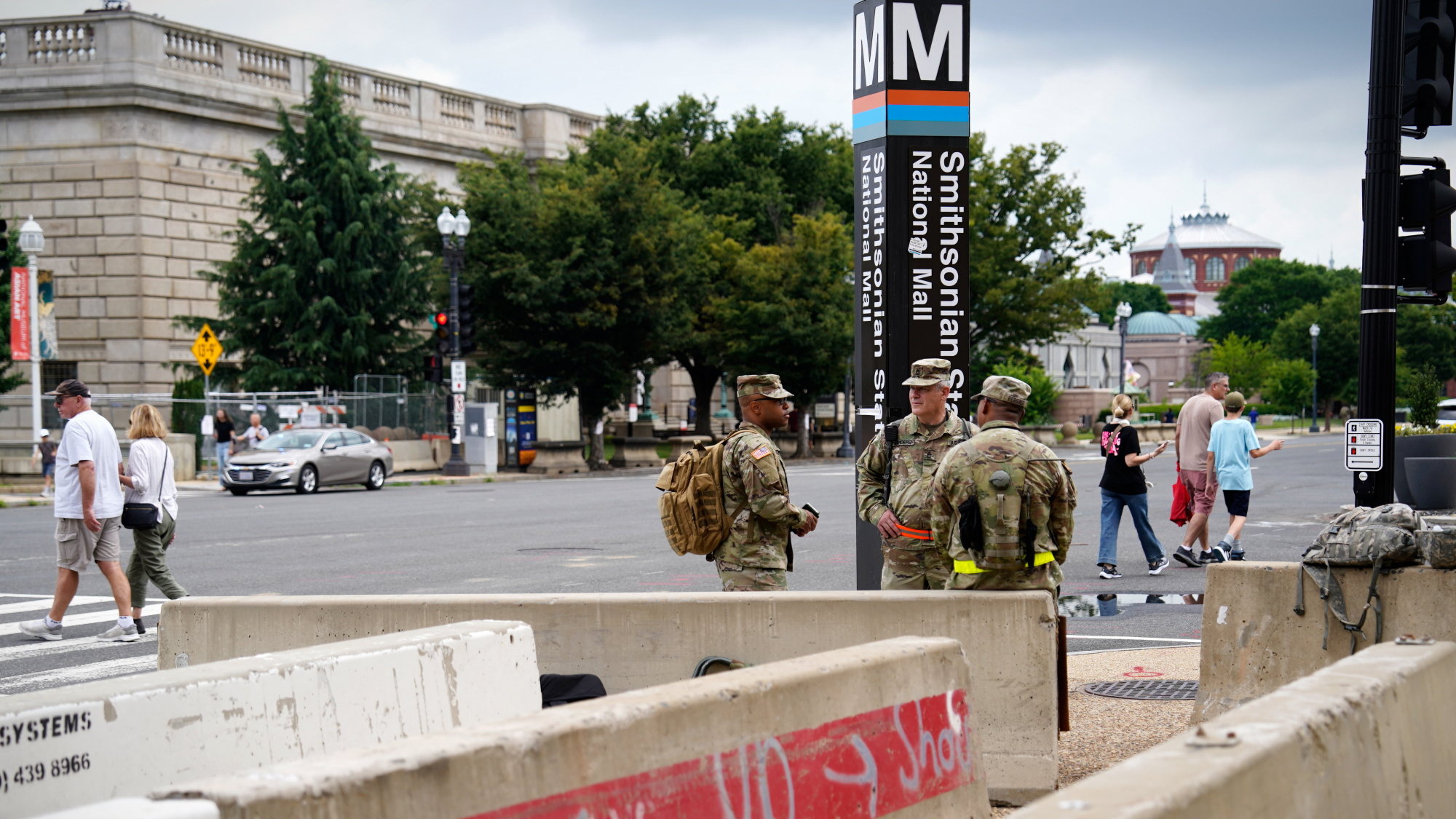Rural voters are starting to turn on Trump


President Trump is steadily losing the support of his rural base, with just 47 percent of people in "non-metro" areas approving of the president in September, and 47 percent more disapproving. Those numbers are down from his first four weeks in office, when 55 percent of rural voters supported Trump and 39 percent disapproved, a Reuters/Ipsos daily tracking poll shows. In the election, rural Americans supported Trump over Hillary Clinton by 26 points.
"Every president makes mistakes," said one of the poll's respondents, John Wilson, 70. "But if you add one on top of one, on top of another one, on top of another, there's just a limit."
Reuters finds several causes for rural voters' disappointment:
The Week
Escape your echo chamber. Get the facts behind the news, plus analysis from multiple perspectives.

Sign up for The Week's Free Newsletters
From our morning news briefing to a weekly Good News Newsletter, get the best of The Week delivered directly to your inbox.
From our morning news briefing to a weekly Good News Newsletter, get the best of The Week delivered directly to your inbox.
Rural Americans were increasingly unhappy with Trump's handling of health care in March and April after he lobbied for a Republican plan to overhaul ObamaCare and cut coverage for millions of Americans.In May and June, they were more critical of Trump's ability to carry out U.S. foreign policy, and they gave him lower marks for "the way he treats people like me."In August, they were increasingly unhappy with "the effort he's making to unify the country" after he blamed "both sides" for the violence in Charlottesville, Virginia, in which a suspected white nationalist drove his car into a crowd of anti-racist demonstrators. [Reuters]
"Rural people are more cynical about the federal government than people in general are," explained Karl Stauber, the owner of an economic development agency in Virginia. "They've heard so many promises, and they've not seen much done."
Reuters combined rural respondents' results over a four-week period in September, with between 1,300 and 2,000 responses per poll, each with a margin of error of plus or minus 3 points. Read the full results here.
A free daily email with the biggest news stories of the day – and the best features from TheWeek.com
Jeva Lange was the executive editor at TheWeek.com. She formerly served as The Week's deputy editor and culture critic. She is also a contributor to Screen Slate, and her writing has appeared in The New York Daily News, The Awl, Vice, and Gothamist, among other publications. Jeva lives in New York City. Follow her on Twitter.
-
 Australia weighs new gun laws after antisemitic attack
Australia weighs new gun laws after antisemitic attackSpeed Read A father and son opened fire on Jewish families at Sydney’s Bondi Beach, killing at least 15
-
 Are Trump’s peace deals unraveling?
Are Trump’s peace deals unraveling?Today’s Big Question Violence flares where the president claimed success
-
 Political cartoons for December 15
Political cartoons for December 15Cartoons Monday’s political cartoons include Time's person of the year, naughty and nice list, and more
-
 Hungary’s Krasznahorkai wins Nobel for literature
Hungary’s Krasznahorkai wins Nobel for literatureSpeed Read László Krasznahorkai is the author of acclaimed novels like ‘The Melancholy of Resistance’ and ‘Satantango’
-
 Primatologist Jane Goodall dies at 91
Primatologist Jane Goodall dies at 91Speed Read She rose to fame following her groundbreaking field research with chimpanzees
-
 Florida erases rainbow crosswalk at Pulse nightclub
Florida erases rainbow crosswalk at Pulse nightclubSpeed Read The colorful crosswalk was outside the former LGBTQ nightclub where 49 people were killed in a 2016 shooting
-
 Trump says Smithsonian too focused on slavery's ills
Trump says Smithsonian too focused on slavery's illsSpeed Read The president would prefer the museum to highlight 'success,' 'brightness' and 'the future'
-
 Trump to host Kennedy Honors for Kiss, Stallone
Trump to host Kennedy Honors for Kiss, StalloneSpeed Read Actor Sylvester Stallone and the glam-rock band Kiss were among those named as this year's inductees
-
 White House seeks to bend Smithsonian to Trump's view
White House seeks to bend Smithsonian to Trump's viewSpeed Read The Smithsonian Institution's 21 museums are under review to ensure their content aligns with the president's interpretation of American history
-
 Charlamagne Tha God irks Trump with Epstein talk
Charlamagne Tha God irks Trump with Epstein talkSpeed Read The radio host said the Jeffrey Epstein scandal could help 'traditional conservatives' take back the Republican Party
-
 CBS cancels Colbert's 'Late Show'
CBS cancels Colbert's 'Late Show'Speed Read 'The Late Show with Stephen Colbert' is ending next year
